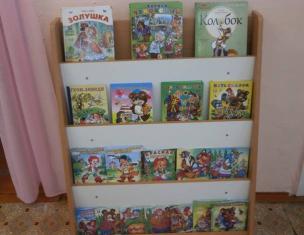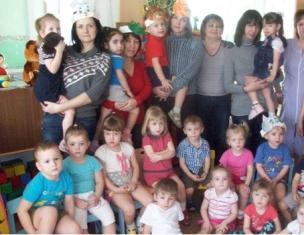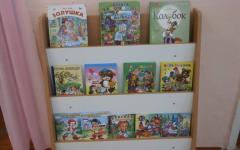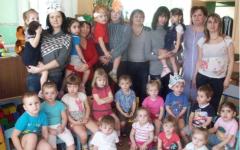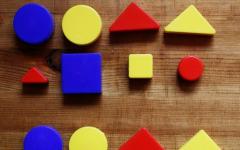Leaf Orientation Methodology - Magic Leaf
Author: Emelyanova Sirina Raisovna Place of work Educator MBDOU №10 "Constellation" ZMR RT Republic Tatarstan ZelenodolskPurpose: Develop a visual-spatial orientation in children, form elementary mathematical representations.
Dear colleagues!
Today I want to introduce you with orientation methods on paper sheetwhich is essential for development in children of visual and spatial representations.
In my work, I use a file reception that called "magic leaves". Here are two types of A4 sheets, which are shed alone to 1.5 cm, the second 2 cm. The feature is that the squares are large here and convenient for children, as well as in reusable use - the sheets are inserted into the corner folders, and from above Quarts need to draw felt-tip pen.
The technique consists of several stages.
1. Acquaintance with a sheet.
It begins with familiarization with a simple white sheet, which can be done starting from the middle group.
-What is it? Paper
-What is it forms? Rectangular
This side is upstairs and is called - top.
This side is at the bottom and is called - the bottom.
This side is right and called the right.
This side is located on the left and called the left.
This angle is upstairs on the left and called the upper left.
This angle is at the top on the right and called - the upper right, etc.
At this stage I use Fairy tale - game- Travel along the sheet - "Magic Sheet." There was a leaf and five pencils. They decided once to play together and headed pencils on a tour of the sheet. The first one went yellow pencil, he found the upper side and fought the yellow line. A red pencil went second, he found the lower side and fucked the red line. The right side fired the green pencil, and the left is blue. A black pencil remained in the center of the leaf, he built a house there. Corners decided to divide equally, and battered in two colors. All pencils gathered in the house and began to think how else to play. Thoughtful thought, and decided to play the catch-up. Upstairs a yellow line was stuck, and a yellow pencil ran upst, down the red pencil ran downwards, right - green, and left blue. Then, so that it was misfortune, the pencils ran down two: in the upper right corner - fled yellow and green; to the upper left - yellow and blue; In the lower right - green and red; And in the bottom left - blue and red. And I could not catch a black pencil. In the process of the game, children understand that this is not just a sheet, but he is colored, and you can play with him. They visually denote each direction, and understand that the sheet has landmarks: the top, bottom, right side, the left side, the center of the sheet - middle.
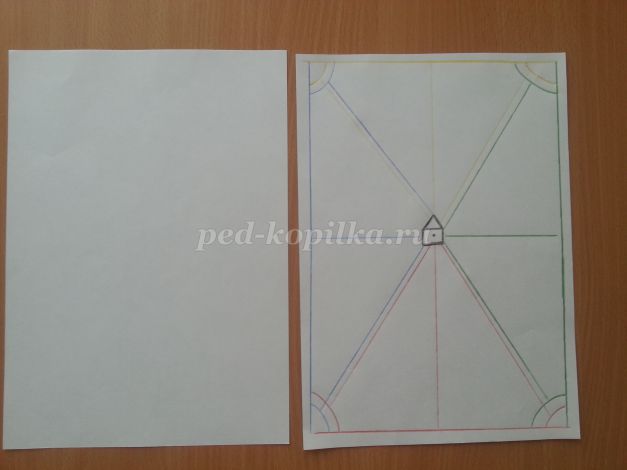
2. Acquaintance with the cell.
At the beginning we use a larger cell, and then go to the small one. In order for the child to learn to see the borders of the cell, you must first cut the cells on one, and then you can complicate the task. Communicate the cells through one to the end of the page is a string. Communicate the cells through one down to the end of the page is a column.
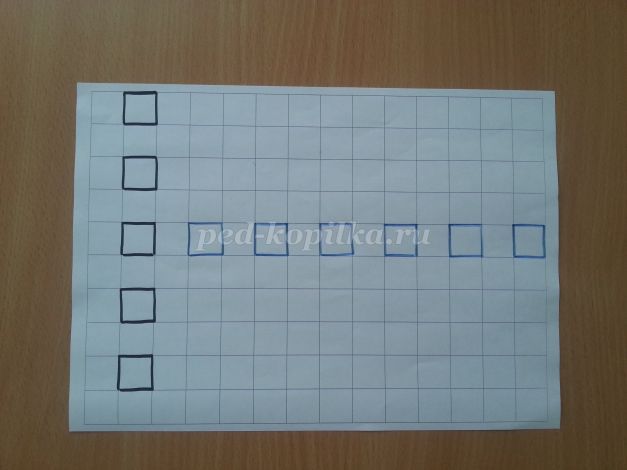
3. Drawing in cells.
At this stage, children are given tasks for fixing orientation on a sheet. For example, find the upper left corner and draw a triangle there. Find the upper right and draw a circle there, find the bottom left and draw a square there, and in the bottom right - an asterisk. You can also fix colors and scores: Find the upper left cell and draw a blue circle in it, retreating down 4 cells and draw a yellow triangle, retrieving 3 cells and draw a green square, retreating down 5 cells and draw a red square, from a green square to retroactively On 7 cells and draw a black circle, from the black circle of retreating on 3 cells down and draw a blue triangle, and so on. Tasks and colors can be any.
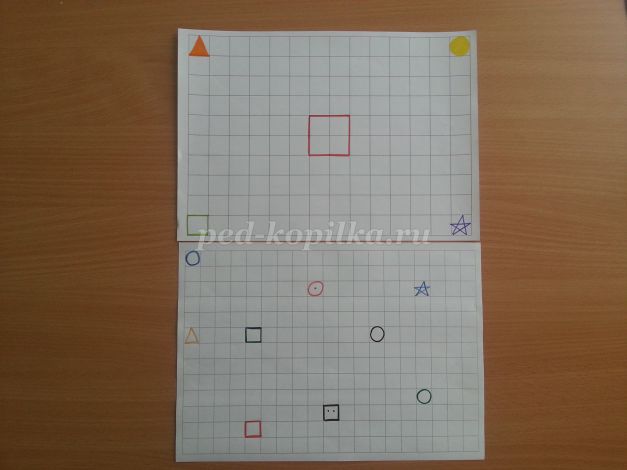
4. After mastering the child orientation on the sheet, begins Drawing through the cells "DIY". The child offers a pattern of drawing and ask him to repeat exactly the same drawing.
Drawing on cells is a very exciting and useful lesson for children. This is a game method of development in the baby of spatial imagination, shallow motors of the fingers of the hands, coordination of movements, perfection, the formation of elementary mathematical representations. Children enshrine such concepts as, left, right, down - up.
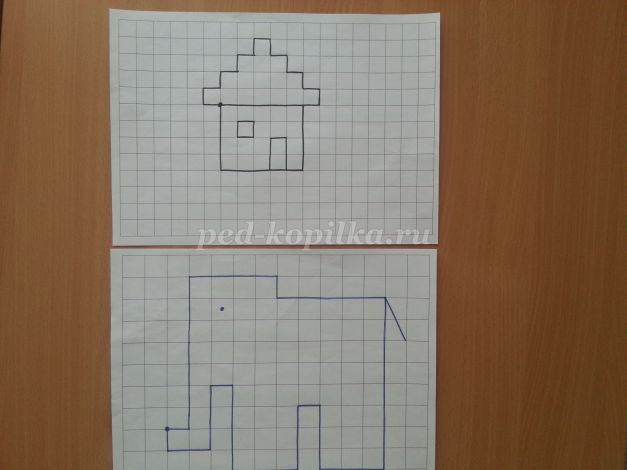
5. "Dorisuy the second half."Children offer a sample with a finished one half of the drawing, and it is necessary to finish the drawing, thoring the second part. The child carries the finished side of the drawing and draws the opposite.
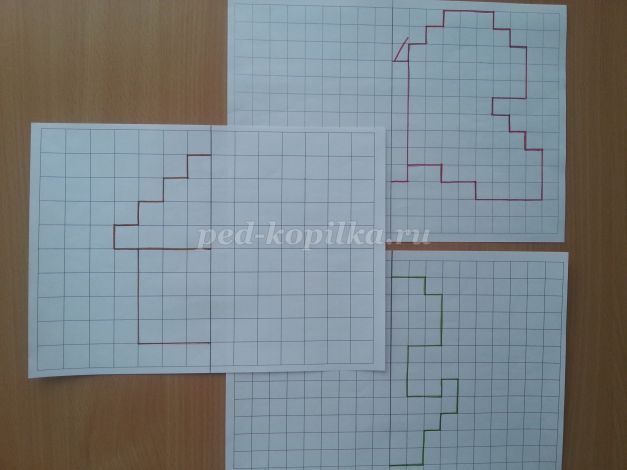
6. Then the children offer "Mathematical dictation".An adult dictates a sequence of actions indicating the number of cells and their directions (left, right, up, down), the child performs work on a rumor.
The duration of one lesson with graphic dictations should not exceed 15 to 20 minutes. But if the child got carried away, you should not stop it and interrupt the occupation. Performing tasks, the child will expand the horizons, will increase the vocabulary, learned to navigate the sheet and in the notebook, will get acquainted with different ways of image objects, dictations can be successfully used for children from 5 years. Mathematical dictations contribute to the development of short-term memory. Target Landmarks within the framework of the GEF suggest that the child has an ability to hear the child's ability to hear and fulfill consistent instructions, and the dictates contribute perfectly well.
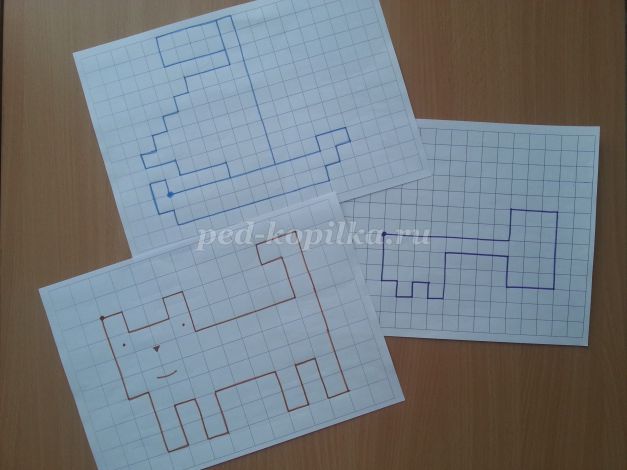
7. "Continue a number."In this game, a child on a leaflet is the beginning of a number with the image, and he needs to continue the row to the end. At the beginning
The child is offered the simplest images, and then they are complicated: several colors are introduced, several elements, the top and bottom image, the elements that need to be drawn without tearing hands from the sheet. Etc. You can complicate and conduct lesson time using hourglass. Then the child cheers how much he did right and produces self-control.
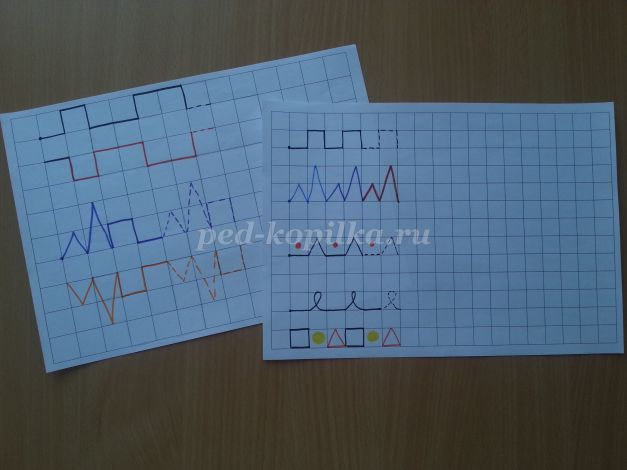
These games have a unique developing effect that contribute to the development of memory, speech, imagination; development of leaf orientation skills in notebooks; Form elementary mathematical ideas, perseverance and patience.
Thanks for attention!!!


